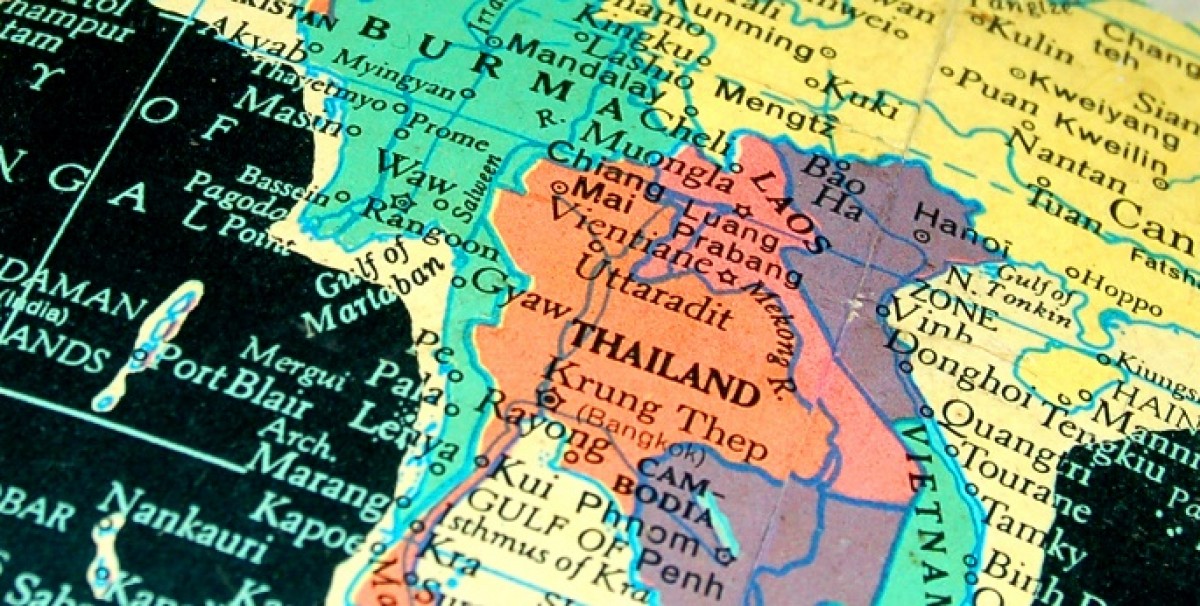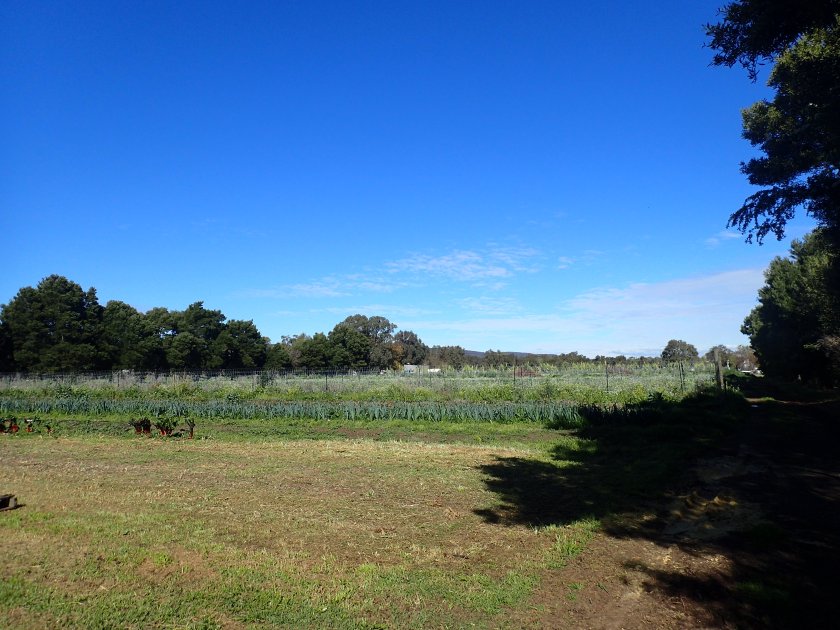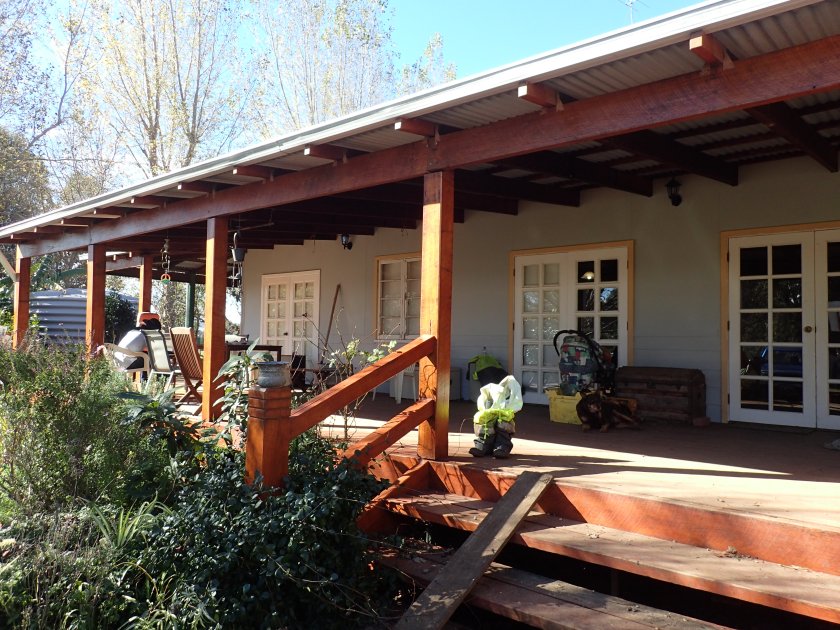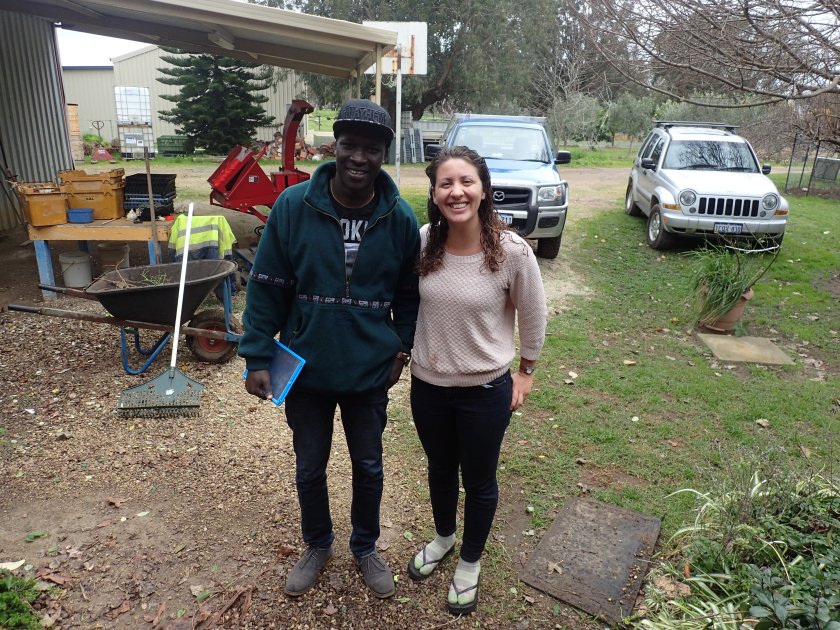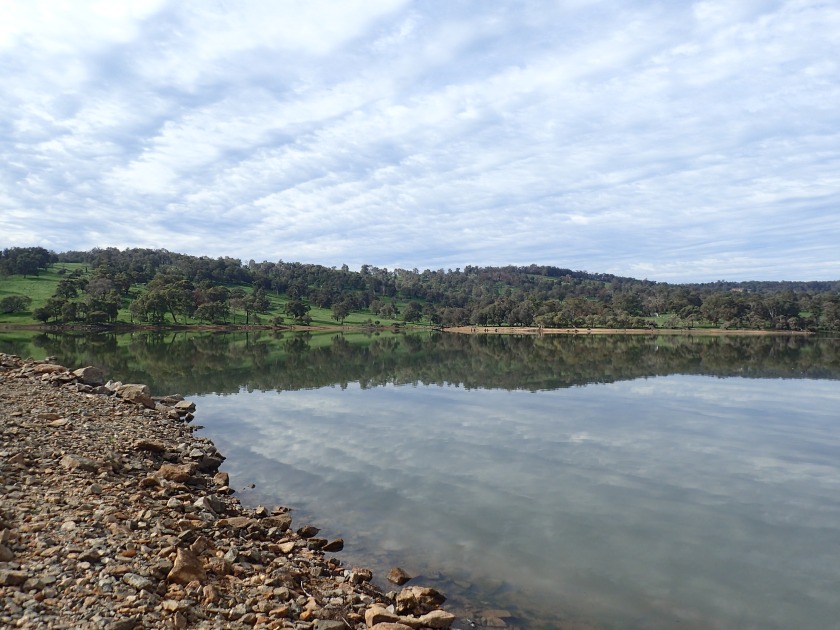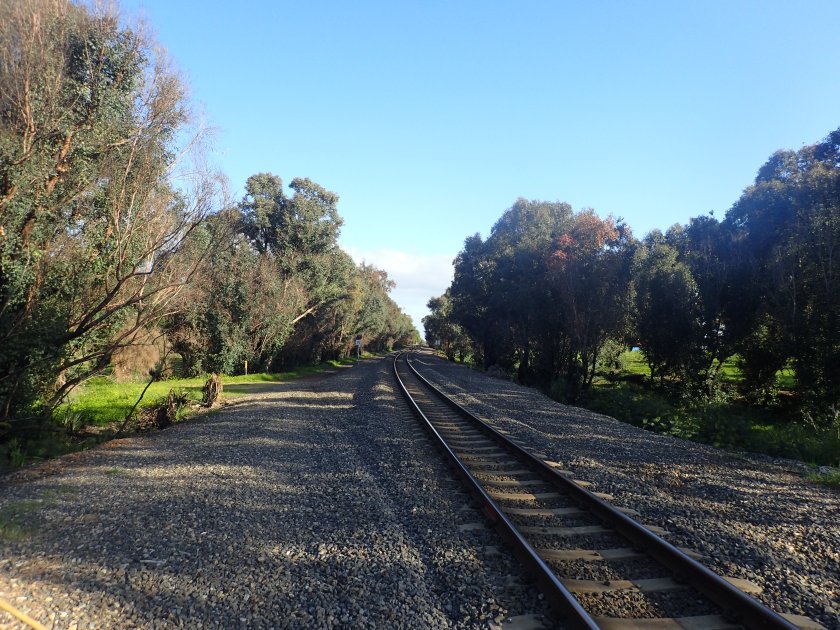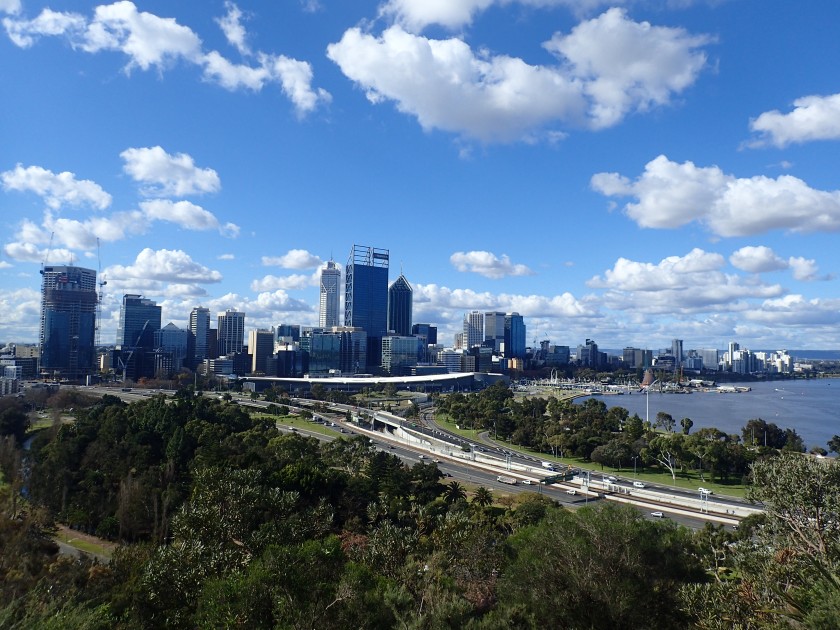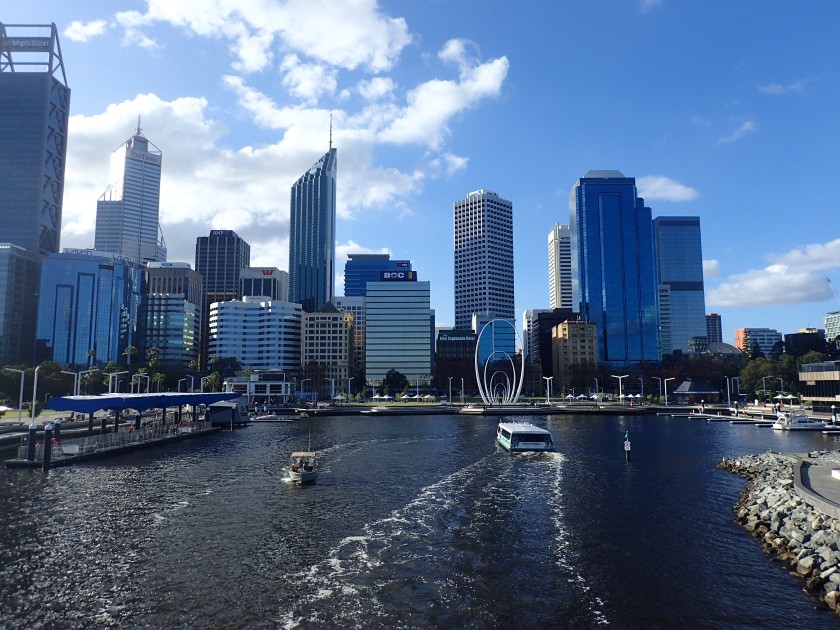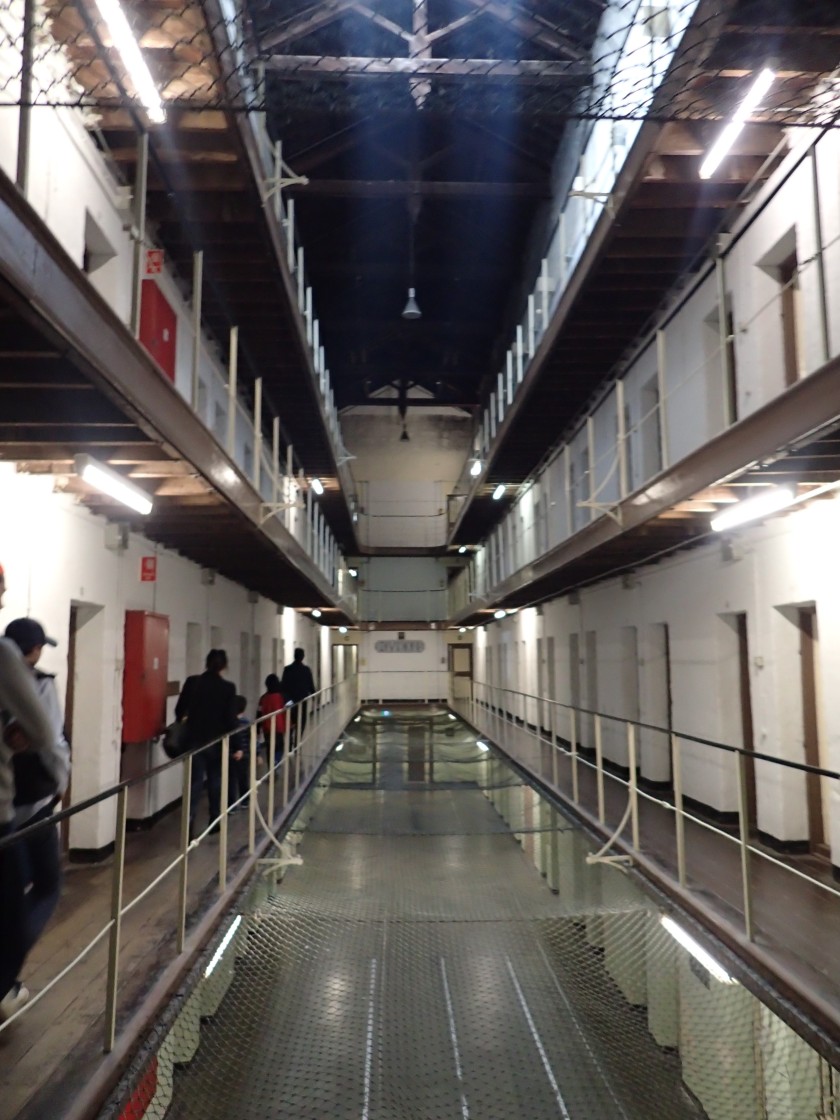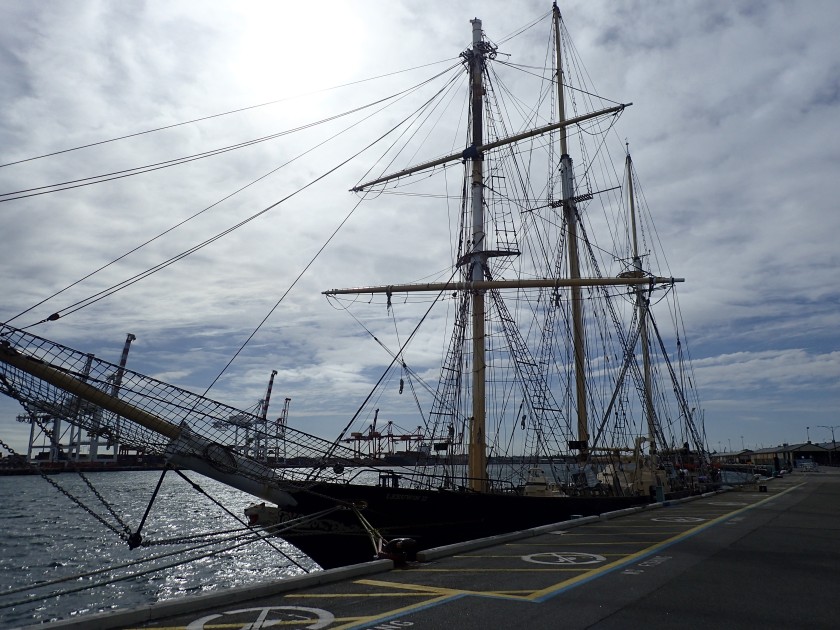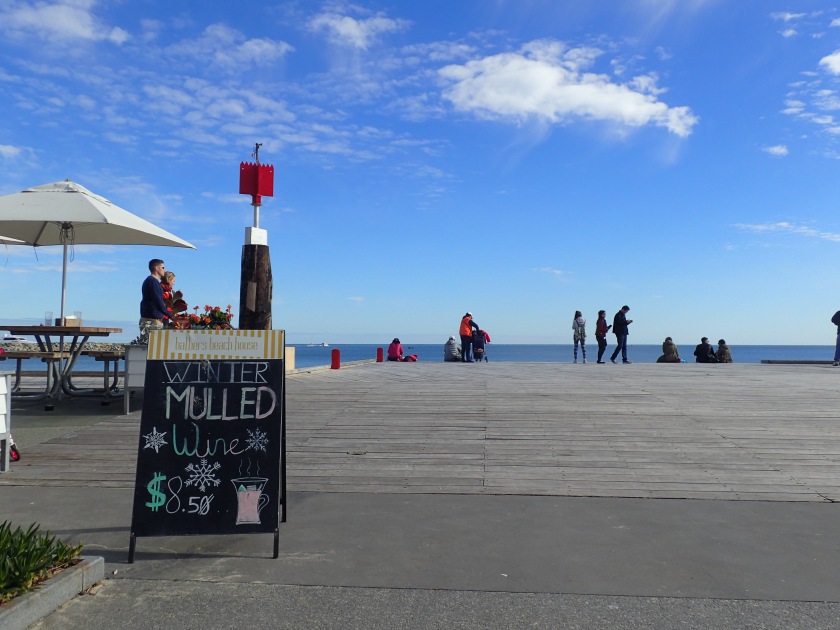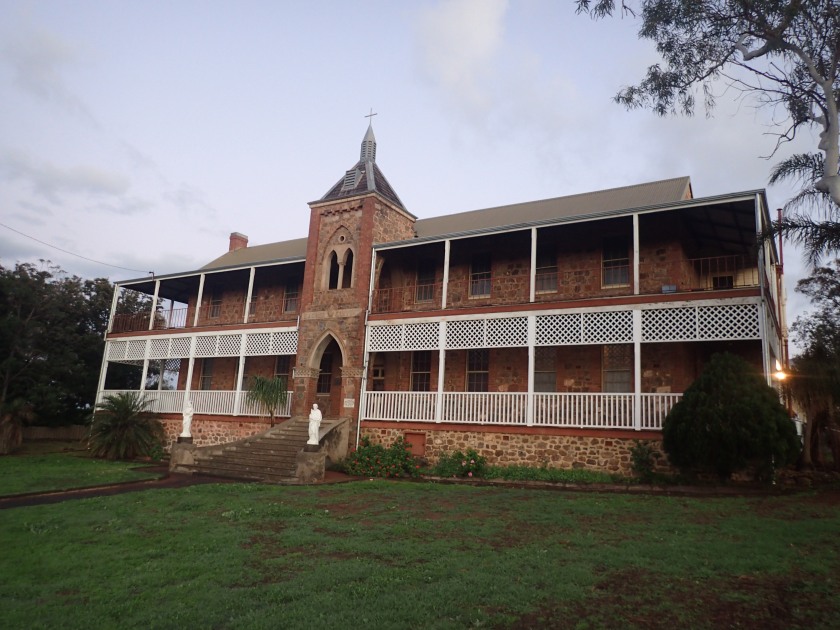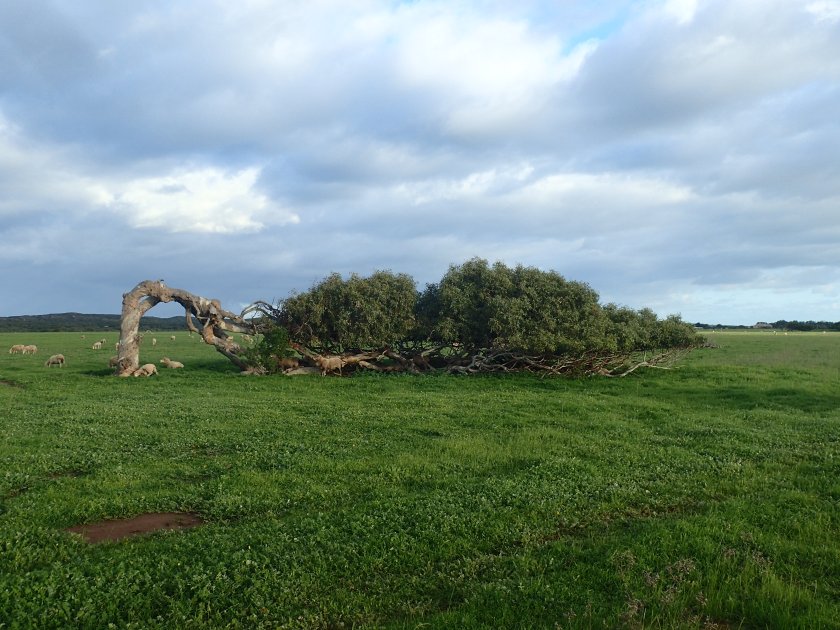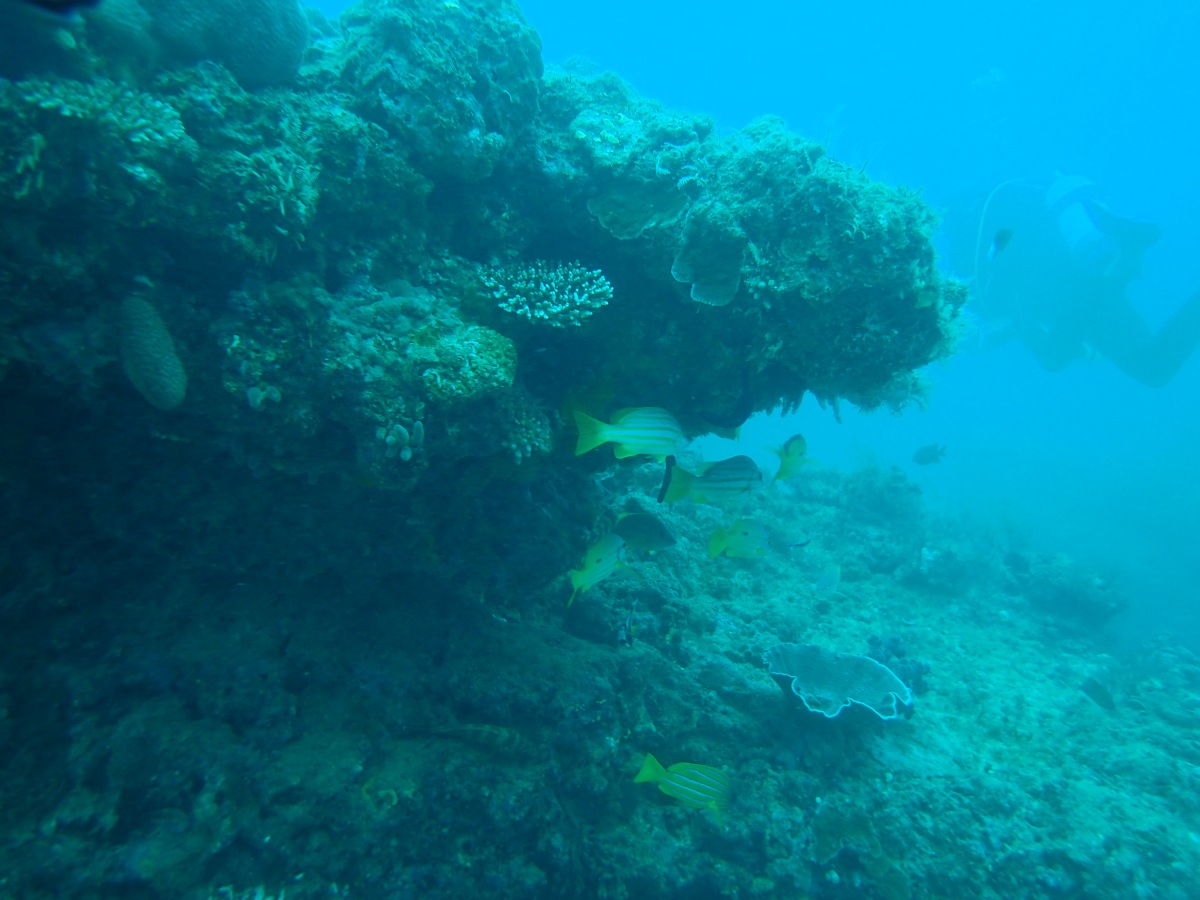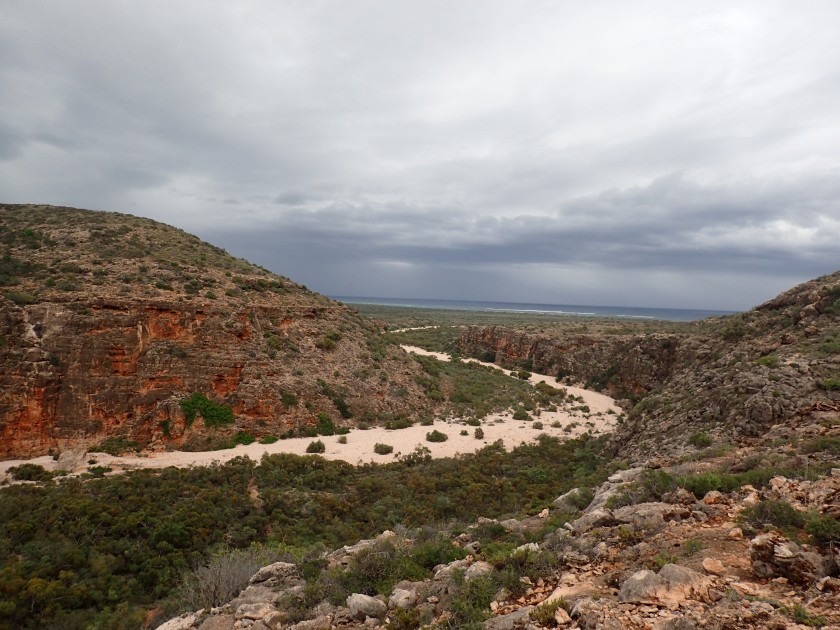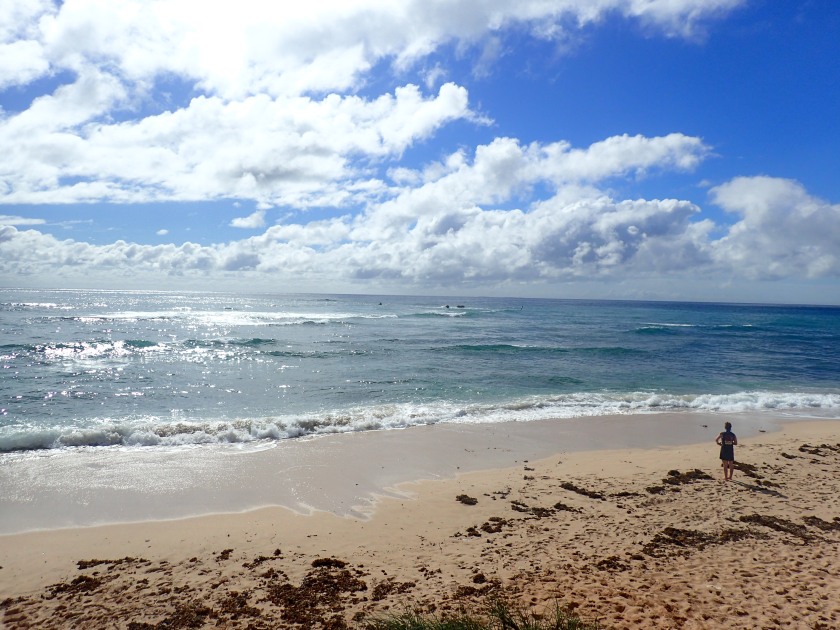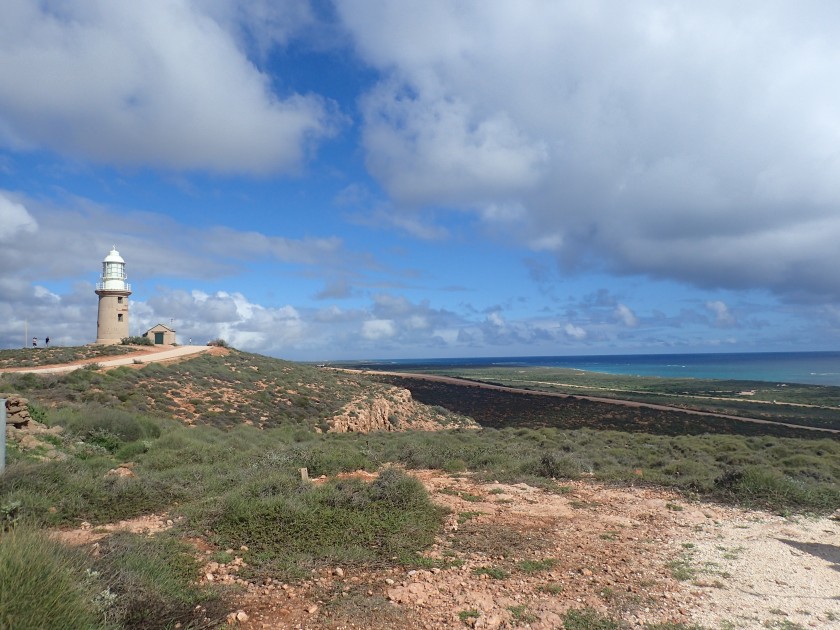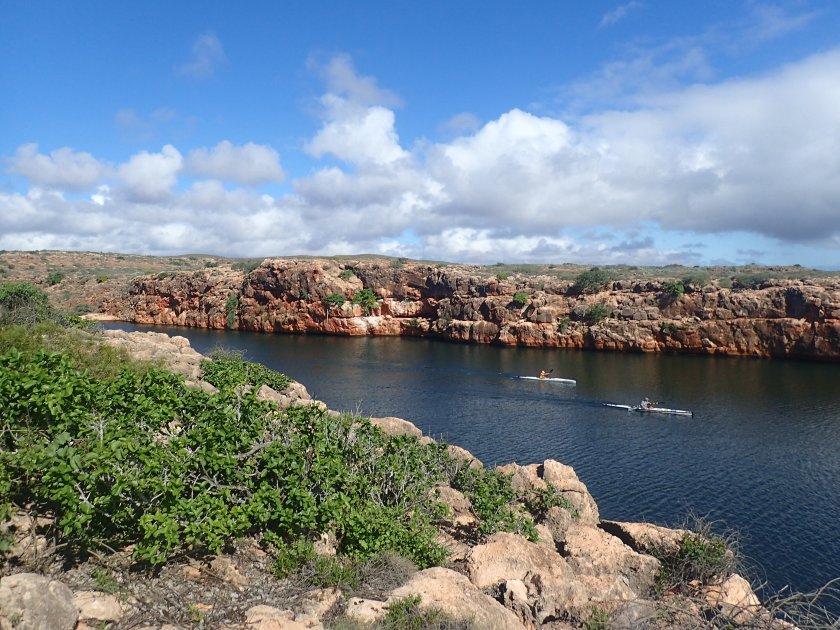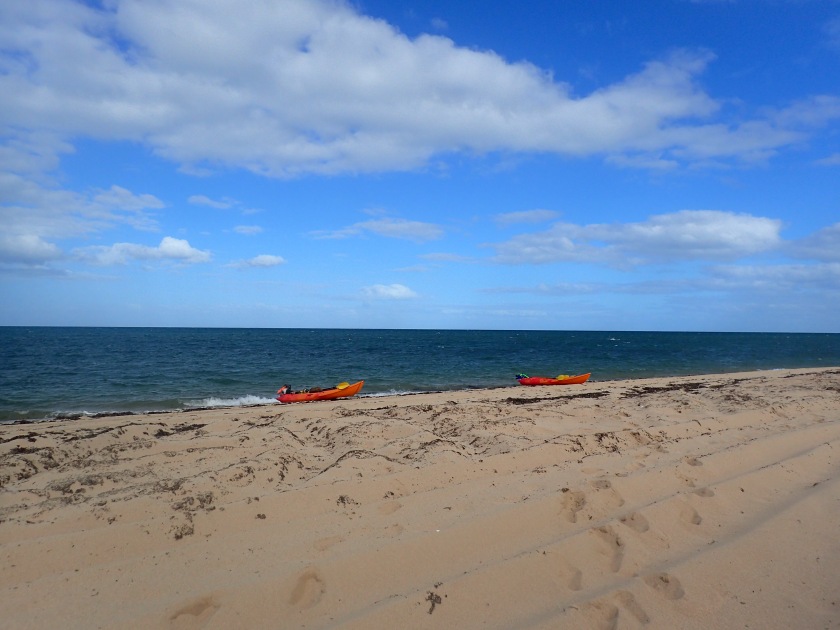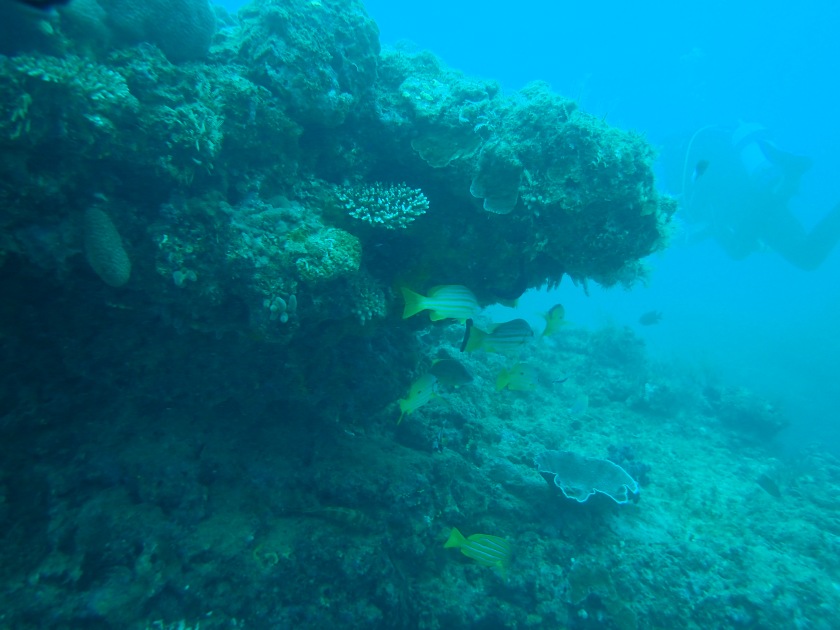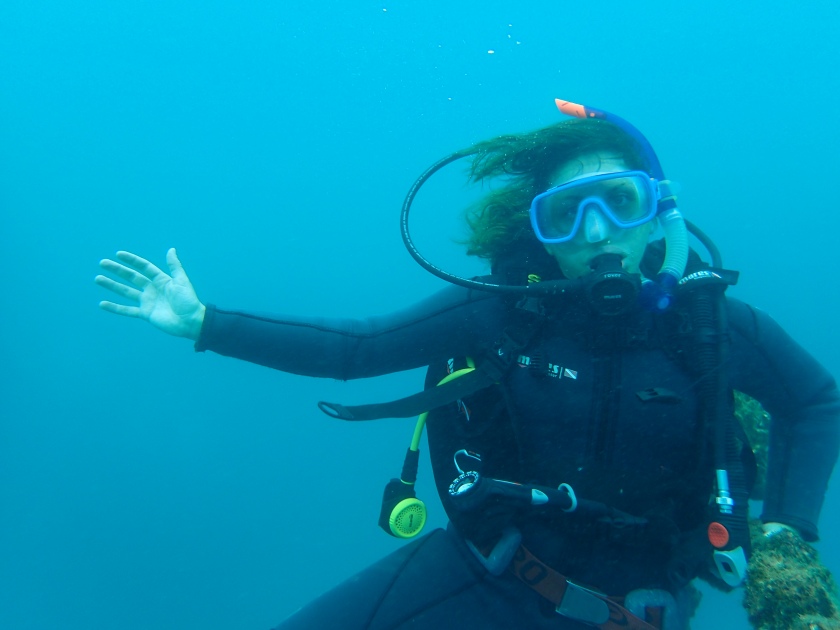I had two and half weeks to kill in Melbourne before flying home, and my plan had been to relax, catch up with friends, and visit all of the things in the city that I didn’t have time for before. This worked well for the first week, but then I got ill and spent the second week in bed having nightmares about making the 24-hour journey home with a cold and a stomach bug. Thankfully I got over it in time to go snowboarding for the day at Mount Buller and to do a few other bits and pieces in my last few days, and it gave me a bit of time to evaluate my time here.
The main thing I’ve learned about Australia is how little I knew about it before I came here. If someone tells me they’re going to the USA for a holiday, I would immediately ask where; New York, California, Florida, New England, different parts of the US have different implications in my head, and I have a sense of general cultural context that tells me that there is a lot of variety in the country, even only ever having been to one part of it. But despite being roughly the same size as continental USA, my knowledge of Australia a couple of years ago was incredibly vague. I knew the names of the cities but couldn’t have placed them, and my mental cultural map of the country would have included the Great Barrier Reef, Uluru and the Sydney Opera House, with the rest filled in with beaches and deserts and vague notions of vineyards and sheep farms.
My ignorance, in which I’m sure I’m not alone, made me subscribe to the ‘just a hotter version of Britain’ view of Australia; the fact that I didn’t know what was here made me certain there wasn’t much to draw me here, and four years ago Australia was really very low on my destination wishlist. Even when I did decide to come here, I was more drawn by the prospect of visiting friends than of seeing the country itself.
But of course I was wrong and ignorant and if you think you’re not bothered about visiting Australia then you’re wrong and ignorant too, because Australia is the most interesting and diverse places imaginable. It’s got everything, from rainforest to desert, pumping metropolis to barren outback, every kind of beach you can think of and literally hundreds of national parks.
During my six months here, I have worked in the big city and on a farm; I’ve surfed, hiked, snowboarded, sea kayaked and scuba dived; I’ve slept under the stars, swam in waterfalls and hot springs, and been to a concert in the Sydney Opera House. I’ve made spectacular road and rail journeys and experienced every season and weather system there is; I’ve seen wild kangaroos, emus, quokkas, camels, koalas, kookaburras, dolphins and seals; I’ve eaten Anzac biscuits, vegemite, kangaroo, shark, Tim Tams and enough flat whites and smashed avocado to last a lifetime; I’ve learned about Aboriginal culture, convict history and even the mysterious world of Aussie rules football. And most of all I’ve learned that there are many different sides to Australia, and that every corner of this country has its own character, reputation and feel about it. There’s a lot going on here and there’s a lot to see; it’s a pretty big country after all.
I’ve also been reminded, in a more personal way, of one or two things about myself. One of my hopes in working in Australia was that I would find my ‘dream job’ and be inspired in a particular career direction. That hasn’t happened exactly but what has happened is that I have remembered some of the things that I really value and enjoy and seemed to have forgotten about at various points. Being outside and being active, reading great books, my family, being on and in and around the sea, and of course writing. Rediscovering all this and exploring this wonderful country has left me feeling much calmer and relaxed about all sorts of things, almost as if I’ve had a big long holiday.
But I’m ready to go home now, and I can tell because as well as missing my friends and family, I’ve started missing other things as well. Proper bacon, having my own bedroom, the BBC, normal plug sockets and road signs, familiar accents, the furniture in my parents’ house, people tutting. I’m looking forward to going home (although not the journey to get there) and to getting back to real life.
So thank you for reading and for all the lovely comments I’ve received through various avenues, it’s been a pleasure.
“Then the wind will set me racing
As my journey nears its end,
And the path I’ll be retracing
As I’m homeward bound again.”
